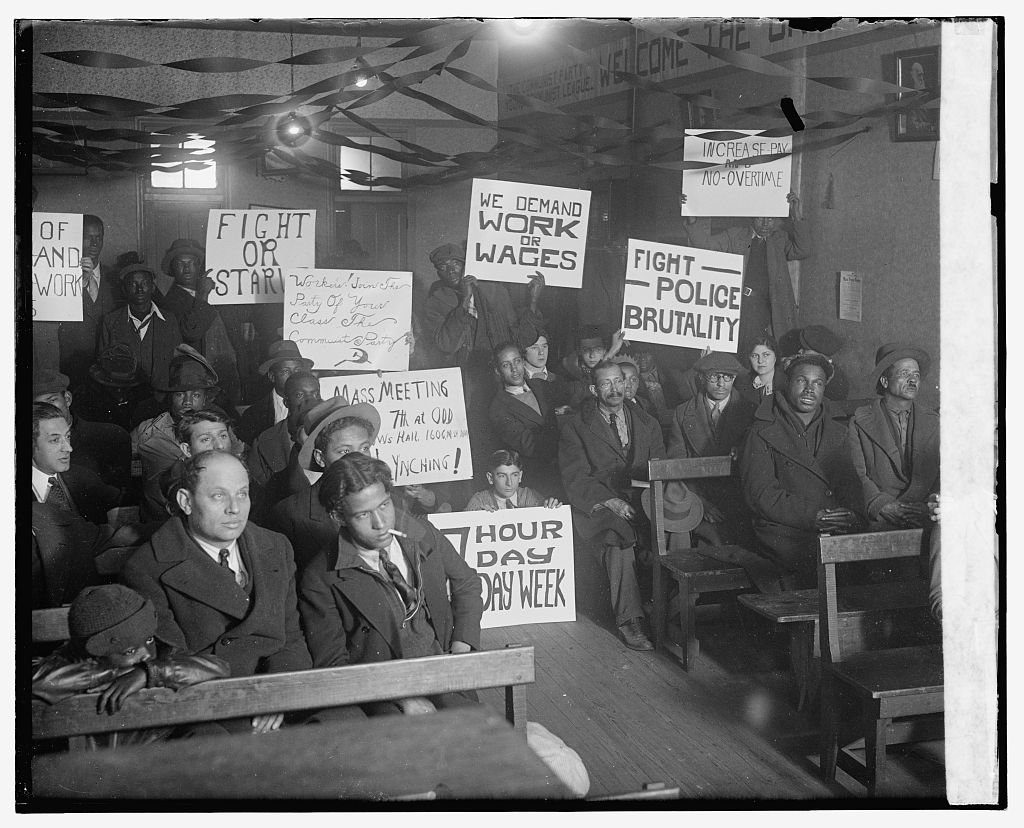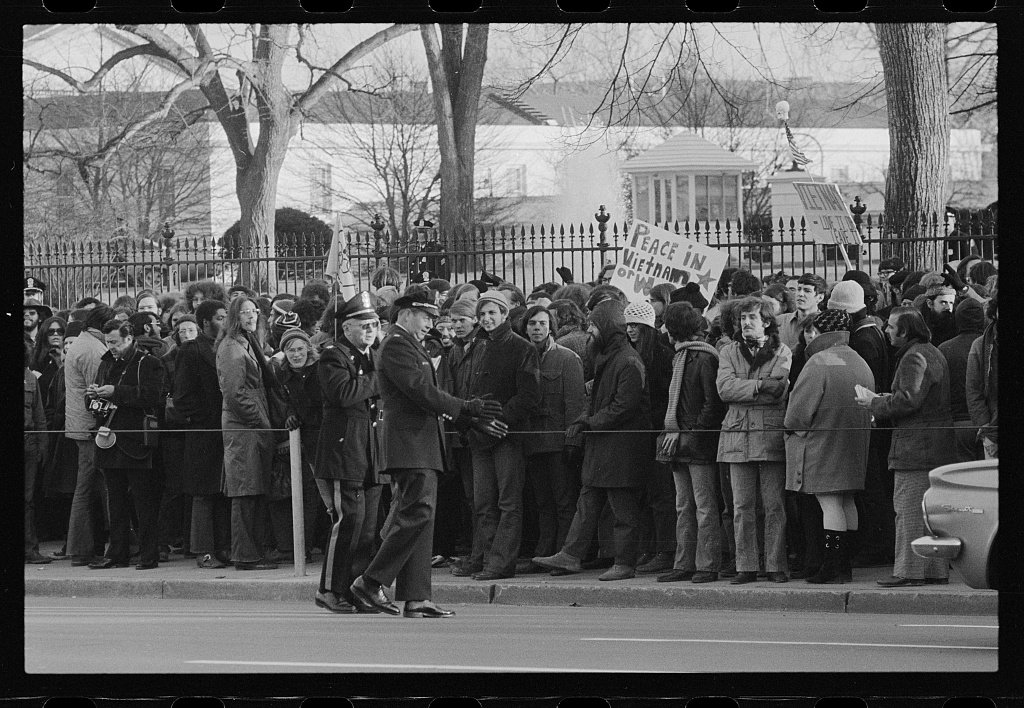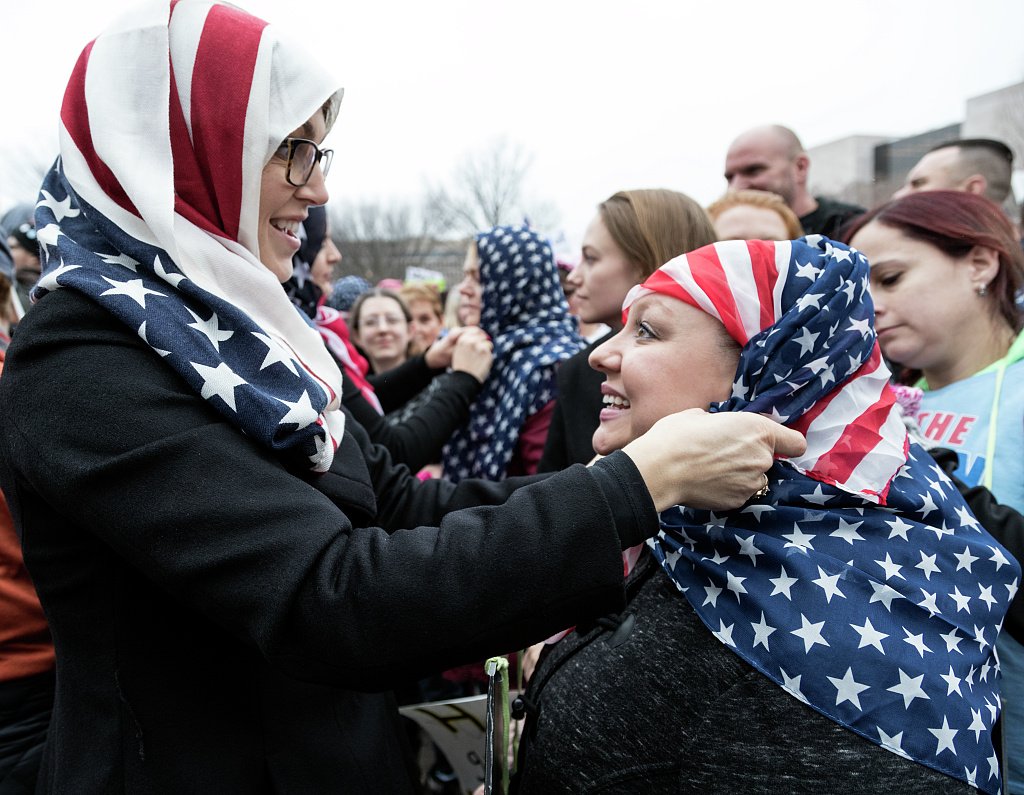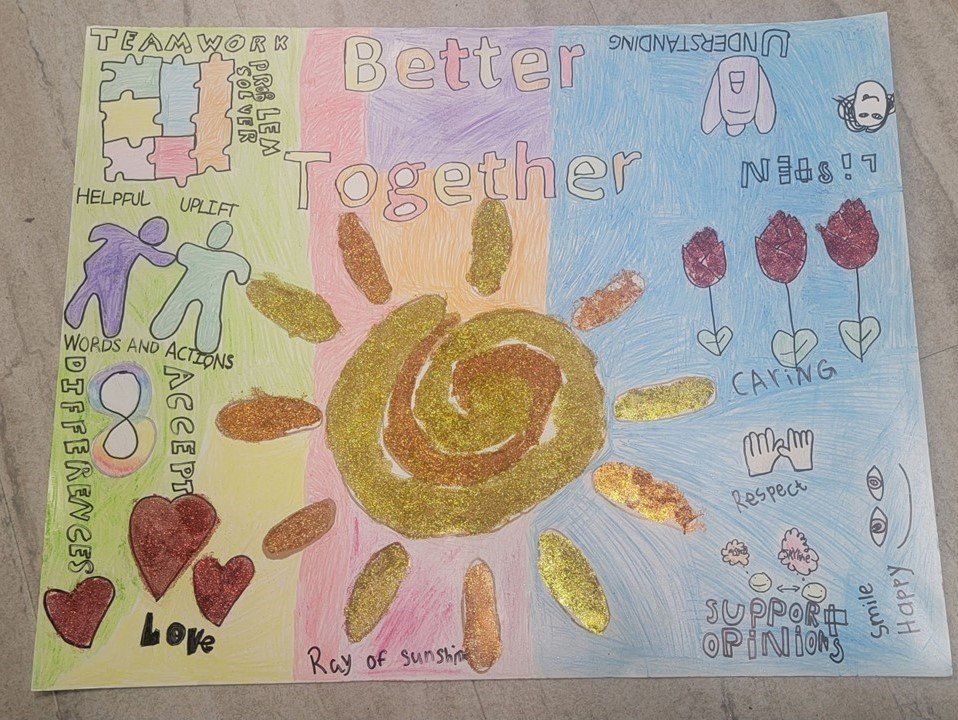Law Day, a national day set aside to celebrate the legal system, its contribution to American governance, and the rights and freedoms it has engendered, has been celebrated annually since 1961 when Congress passed a joint resolution designating May 1 as Law Day, U.S.A. To help cultivate an appreciation and understanding of the law and all that it encompasses, organizers at the American Bar Association have developed themes with activities and programs centered around that theme.
This year's theme, Cornerstones of Democracy: Civics, Civility, and Collaboration, invites all the diverse voices in the United States to come together to rebuild trust with each other. This theme hopes to restore confidence in our institutions, respect for one another, and willingness to collaborate peacefully.
For the past five years, the American Bar Association has administered a survey on Civic Literacy. This year’s results showed that over 75% believed in compromising on divisive issues. Most felt social media played a primary role in eroding civility. The respondents also strongly agreed that it is up to family and friends to improve civility.
To celebrate Law Day, we have created an exhibit that examines how landmark cases increased civility in our society. The cases show how the Supreme Court and the people engage in democracy. It is up to legal professionals to recognize gaps in our democracy to improve civility. By doing so, professionals can teach the rule of law to communities so they can practice civility with their friends and families.
Our exhibit also features the winners from this year's Houston Bar Association's Law Day Contests in Essay, Photography, Poster (6th-8th Grade), Special Needs Team Poster.
Lloyd Corporation, Ltd. v. Tanner 407 U.S. 551 (1972)
Donald Tanner was distributing anti-war handbills inside Lloyd Center Mall in Portland, Oregon. The Lloyd Corporation had a policy that did not allow individuals to distribute materials in their mall. Security asked Donald Tanner to leave the mall. After, Mr. Tanner sued the Lloyd Corporation stating that their First Amendment right to free speech was violated. The Court held that Lloyd Corporation did not violate Mr. Tanner’s First Amendment. The ruling focused on the differences between protesting on private or public property.
Schenck v. Pro-Choice Network of Western New York 519 U.S. 357 (1996)
Pro-Choice Network of Western New York faced public safety concerns over protestors staging blockades in front of their clinic. The clinic created floating buffer zones to help clients enter the facilities safely. Mr. Schenck brought to the Court the question of whether floating buffer zones violated First Amendment rights to freedom of speech. The Supreme Court majority opinion by William H. Rehnquist held that floating buffer zones were not constitutional.
Edwards v. South Carolina 372 U.S. 229 (1963)
One hundred eighty-seven black students were peacefully protesting the legislative bodies of South Carolina. During the demonstration, the police arrested some of these students. The students stated that their freedom of speech and assembly rights were violated. The supreme court reversed the student’s criminal convictions and ruled, 8-1, that the state infringed on the student’s rights to free speech and assembly.
Practicing Civics, Civility, and Collaboration
These images display Americans exercising their First Amendment rights. Image 1 features a protest about wage and labor conditions in 1909. Image 2 features a protest against the Vietnam War in 1971. Image 3 features the Women's March in 2017. Each of these demonstrations focuses on the civility Americans display when expressing their First Amendment rights. Hopefully, these demonstrations increase unity among the American people.
Image 1: Protesters., None. [Between 1909 and 1923] [Photograph]Retrieved from the Library of Congress, https://www.loc.gov/item/2016820317/.
Image 2: Leffler, W. K. & O'Halloran, T. J., photographer. (1971)VIETNAM PROTEST- protesters in front of the White House., 1971. [Photograph] Retrieved from the Library of Congress, https://www.loc.gov/item/2017646239/.
Image 3: Highsmith, C. M., photographer. (2017) The Women's March was a worldwide protest on, the day after the inauguration of President Donald Trump. United States Washington D.C. District of Columbia Washington D.C,2017. -01-21. [Photograph] Retrieved from the Library of Congress, https://www.loc.gov/item/2020720157/.
Winners from the Houston Bar Association 2023 Law Day Contest
Special Needs Team Poster Contest. Theme: "Working Together to Solve Problems" 1st- Rahma Alhita, Drew Johnson, Lucas Ajapacja Freddy Predomo, and Alyssa Carpenter, Kempner High School (Fort Bend ISD) Winning Teacher - Robyn Crowson- Wagner
Poster Contest - Claire Montizaan, Willow Wood Jr. High School (Tomball ISD) * Also took 1st Place in statewide contest Winning Teacher - Cerethia Fontanatest (6th-8thGrade) "Assembling Democracy"
Photography Contest "Poor Hands" 1st - Luis Gomez, Carver High School (Aldine ISD) * Also took 1st Place in statewide contest. Winning Teacher - Matt Kirkpatrick
Essay Contest "Discourse Drives Democracy" by Nicholas Nguyen








